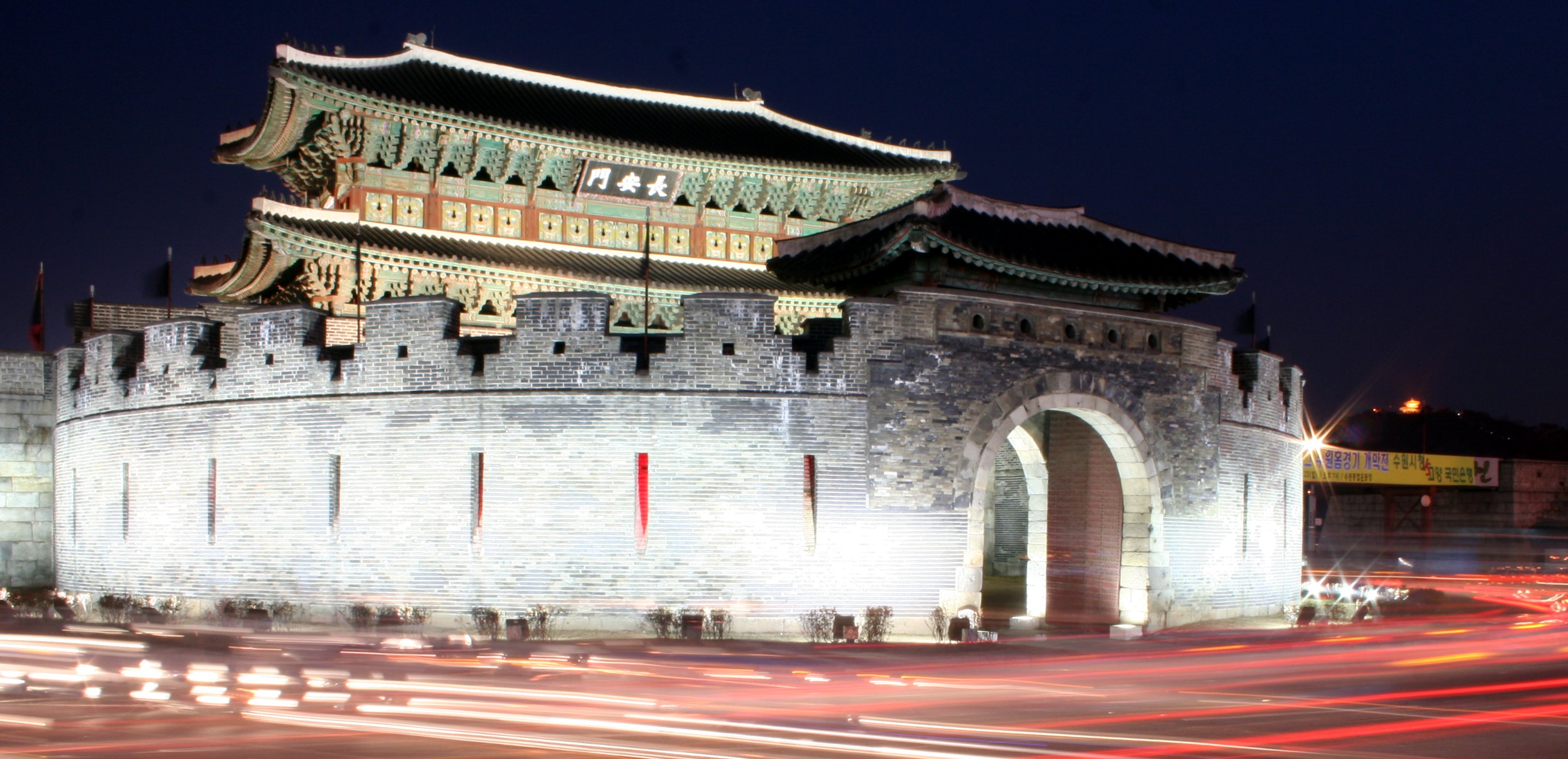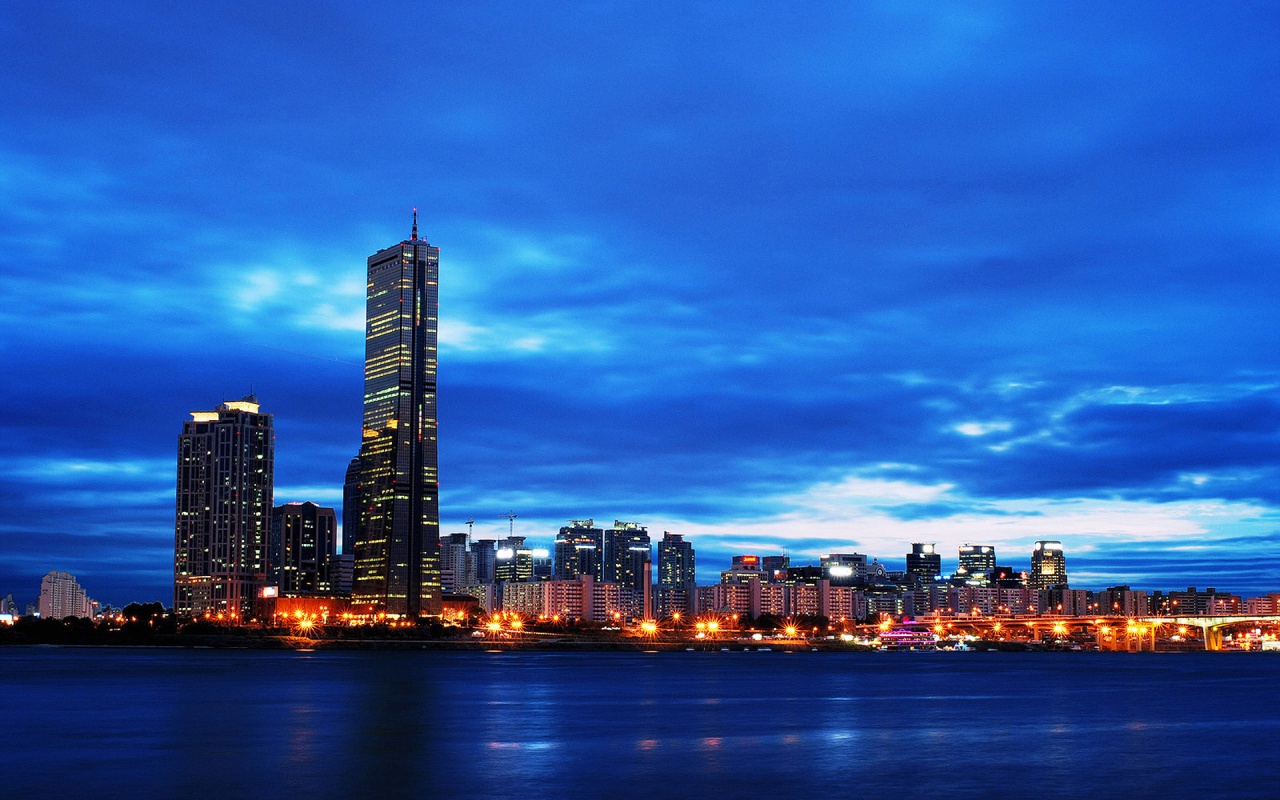 South Korea is a modern country that has truly embraced the technological revolution that has happened over recent decades, and is a nation that has often tried to emulate the success of its neighbor Japan. The country itself is filled with beautiful sites and interesting places to visit, but most people will make a beeline for the capital of the country, Seoul. Seoul may be the biggest city in the country by some distance, but it is certainly not the only place worth going to in this wonderful country.
South Korea is a modern country that has truly embraced the technological revolution that has happened over recent decades, and is a nation that has often tried to emulate the success of its neighbor Japan. The country itself is filled with beautiful sites and interesting places to visit, but most people will make a beeline for the capital of the country, Seoul. Seoul may be the biggest city in the country by some distance, but it is certainly not the only place worth going to in this wonderful country.
Visit The Walled City Of Suwon
Lying a short distance from the city of Seoul is the amazing walled city of Suwon. The fortifications themselves were raised during the latter years of the eighteenth century, and make this small city an absolute delight to explore. These thick walls were originally designed to protect the tomb of King Jeongjo’s father, who had been brutally murdered. These fortifications run for three and a half miles around the circumference of the city, and with only four gates allowing access to the city, it gives Suwon a very different atmosphere to many other cities.
As the city has grown there are now developments outside the walls of the city too, but the walls have been recognized as a world heritage site by UNESCO. For those who are also interested in sport, football is one of the great passions of the people of Suwon, and the Suwon Samsung Bluewings are among the most successful football teams in the country.
Explore The Seoraksan National Park
SeoraksanNational Park is one of the most popular natural attractions in South Korea, and thousands of people visit the area every year to enjoy the mountain scenery and the wealth of plant species to be found in the park. One of the characteristic features of Seoraksan is the exposed rocky ridges and mountains that rise above the forested lower areas.
As well as being especially beautiful, the national park also has a number of important animal species living within its boundaries, including the Asian Black Bear and Musk Deer. Those with an interest in flowers and plants will also enjoy a visit to the park, which can boast over a thousand individual species of plants.
Get Dirty In The Boryeong Mud Festival
One of the quirkiest festivals to be explored in South Korea is the annual Boryeong Mud Festival, which celebrates the beneficial qualities of mud from the Boryeong Mud Flats. The festival itself was launched in 1998, and now the festival attracts tens of thousands of people every year. Attractions for those looking to get dirty include a mud pool and mud slides, and there are also a number of beauty attractions there to supplement the cosmetic purpose of the mud.
Seoul
Although South Korea has plenty of attractions to draw visitors from around the world, there is no escaping the fact that Seoul is a truly amazing city to visit. As a city, Seoul has truly embraced commercialism and has a series of large shopping malls offering the latest designer fashion brands and popular goods, while still having plenty of local markets offering a more informal shopping experience. After a hard day spending money, the city also boasts a number of different historical sites and museums that can provide an interesting change of pace away from the bustling city centre.
zeju Island
The south coast of South Korea is peppered with small islands, but the volcanic isle of JejuIsland is one of the most remarkable destinations in South Korea. This idyllic retreat is as beautiful as you can get in the country, with a series of stunning waterfalls and rural lakes that are a sight to behold.
The economy of the island was historically made up of the industries related to the sea, and many of the residents made their living by free diving in the cold waters around the island harvesting crustaceans. The island also boasts a series of coastal hiking trails that are perfect for the more adventurous explorer.
